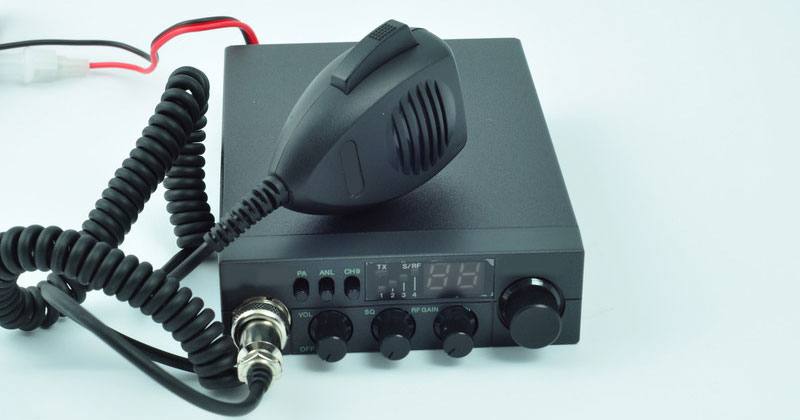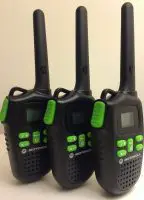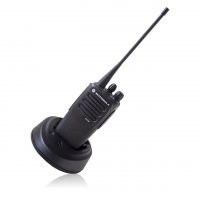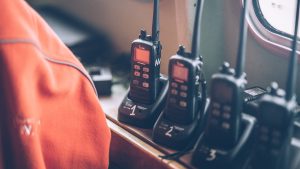A CB radio, also known as a citizens band radio is a two-way radio which is intended for both business and personal use.
CB radio is based on a system of short-distance radio communication between individuals on a collection of 40 channels in AM or SSB mode, however, you can only communicate with other SSB radios when in SSB mode.
Also, only one station can broadcast at a time, with other channels needing to listen and wait until the shared channel is available.
Table of Contents
How do CB radios differ from other radios?
One thing that sets CB radios apart from alternative two-way radios is the fact there is no age constraint for operating them unless you are a representative of a foreign government, a foreign government entity or have been issued a cease order by the FCC.
CB channels are not designated to a specific individual or organization and therefore all 40 channels can be broadcasted on freely.
For the most part, CB radios are designed for short-range and local communication, but the range can be increased by bouncing, also known as “skipping the ionosphere signal”.
A brief history of CB radios
Going back as far as 1945, citizen radio services began permitting a specific radio band for personal communication. There were only two types: Class A and B.
In 1958, the service was established on 27MHz, which is the band that is commonly used to this day.
During the 1960’s, small businesses and tradesmen began utilizing CB radios such as plumbers, carpenters, and electricians, followed by truckers and radio enthusiasts.
In 1977, the 40-channel band plan was introduced, offering a broader scope of shared channels of communication.
By the 1980’s, CB radios were becoming a popular means of transmission in many countries and by the 1990’s to present day, certain countries drew up and implemented their own varying regulations and restrictions.
Nowadays, CB radios are considered one the most efficient ways for short-range transmissions, frequently used by tradesmen and individuals. Moreover, it has become a well-known pastime among radio hobbyists.
To sum it all up
Although licenses may be required, admissibility is rather simple, with no complications or issues. Therefore, CB radios offer a versatile and easy way to communicate, with few to no limitations and are accessible to everyone.
No matter what your reason for considering obtaining a CB radio, whether for personal, work or recreational use, it will most certainly serve its purpose effectively.





